#slug caterpillar moth
Photo



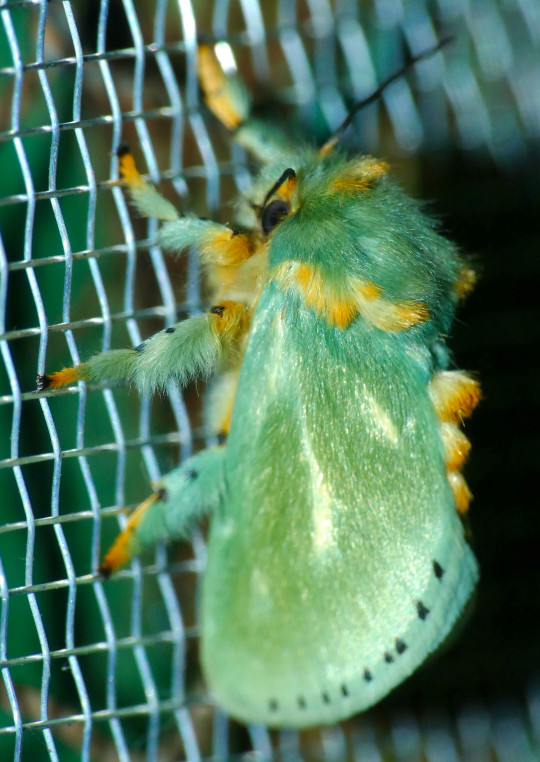
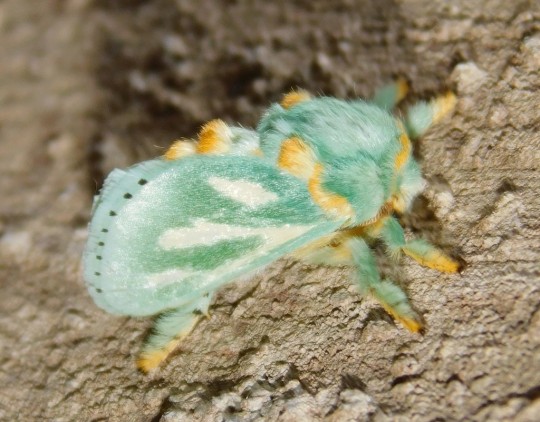

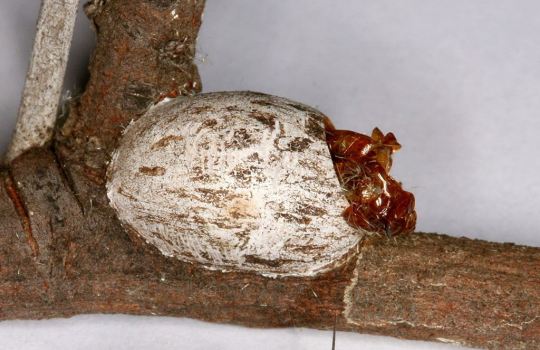
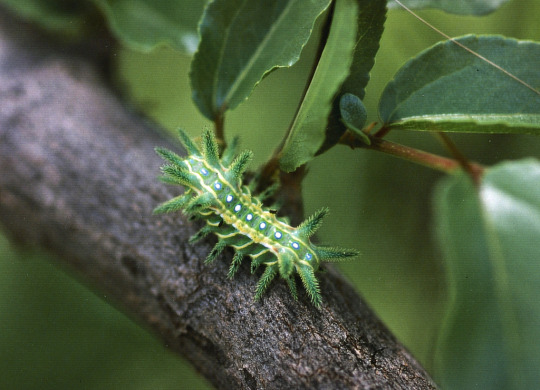
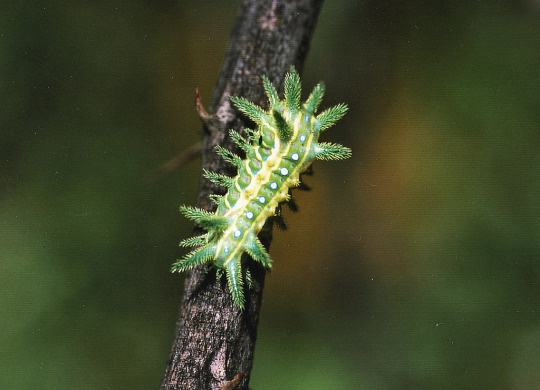

Southern African slug moth, Coenobasis amoena, Limacodidae
Photo 1 by thijsvalkenburg, 2 by nikiescott, 3 by fubr, 4 by Bernard Dupont, 5 by qgrobler, 6-7 (cocoon before and after moth emerged) by nikiescott, 8-9 by wolfachim, and 10 by suncana
#animals#curators on tumblr#insects#bugs#slug caterpillar moth#slug moth#caterpillar#larva#southern african slug moth#cup moth#cocoon#pupa#one nice bug#limacodidae#Coenobasis amoena
15K notes
·
View notes
Text
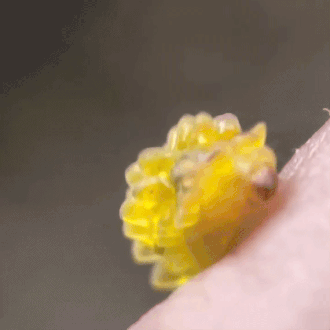
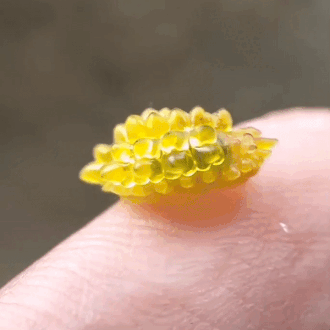
yellow slug moth caterpillar (olona sp. limacodidae) | source
#stim#slug moth caterpillars#insects#bugs#sfw#yellow#clear#animals#olona sp. limacodidae#i'm preeetty sure that's the proper scientific name for this feller but if not please lemme know#caterpillars#hands#ishy gifs#postish
1K notes
·
View notes
Text




Venomous Caterpillar
Doratifera quadriguttata
24/03/23 - NSW, Dapto
#invertebrates#invertblr#Arthropods#Arthropoda#bugs tw#insects#insect#insecta#insectblr#insects tw#bugs#bugblr#bug#entomology#Doratifera quadriguttata#Four-spotted Cup Moth#Limacodidae#Slug Caterpillar Moths#slug moths#Lepidoptera#caterpillars#larvae#larval stage
456 notes
·
View notes
Note
have you ever posted the hag moth? their larvae are the most curious looking caterpillars ive ever seen
Moth of The Day #155
Hag Moth
Phobetron pithecium
From the limacodidae family. They have a wingspan of 20-28 mm. They can be found in North America. Their larvae are known as Monkey Slug.
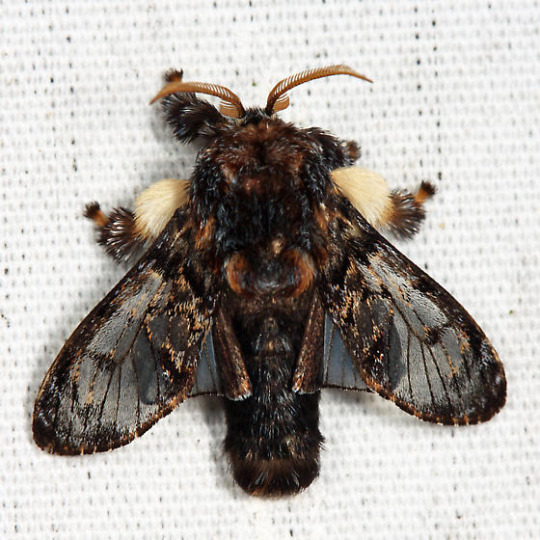
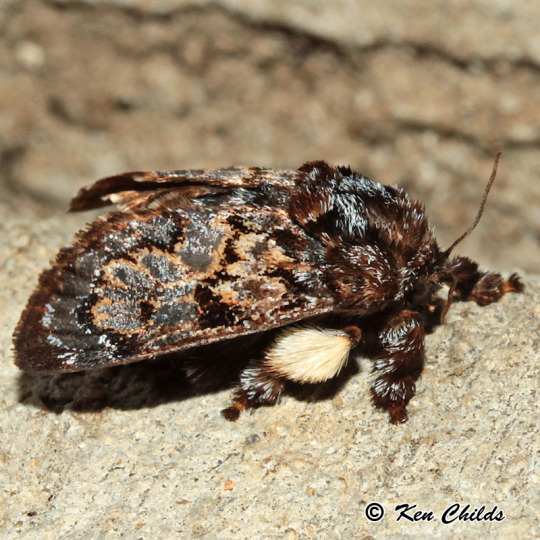
And some pictures of their larvae, because I can't not show them to you:


#moth#moths#lepidopterology#lepidoptera#pretty moth#nature#insect#bugs#moth of the day#motd#caterpillar#hag moth#phobetron pithecium#monkey slug#cw bugs#lepidopterophobia#lepidoptery#entomophobia#entomology#bugblr#limacodidae#limacodidae moth
567 notes
·
View notes
Text


Slug Moth Mutant from Kamen Rider Black ep. 27
62 notes
·
View notes
Text
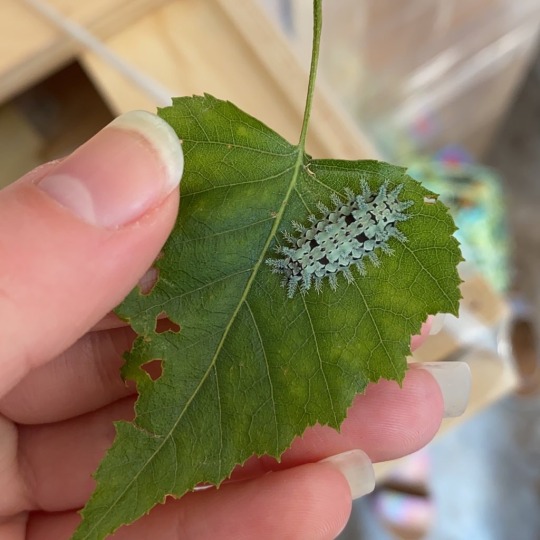
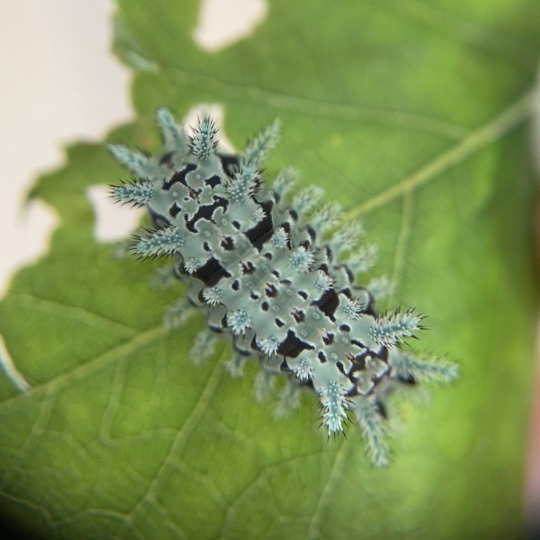
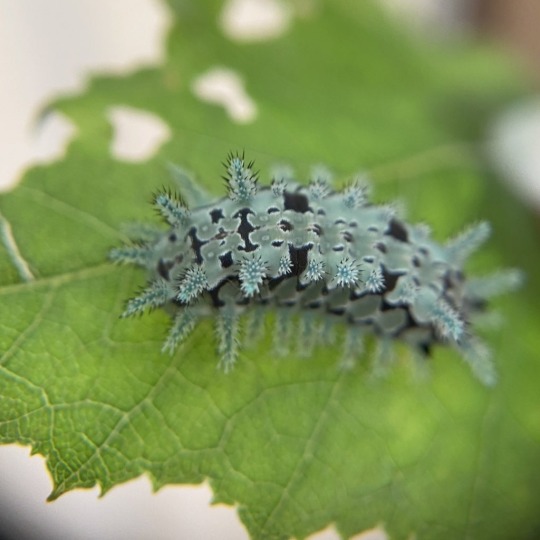

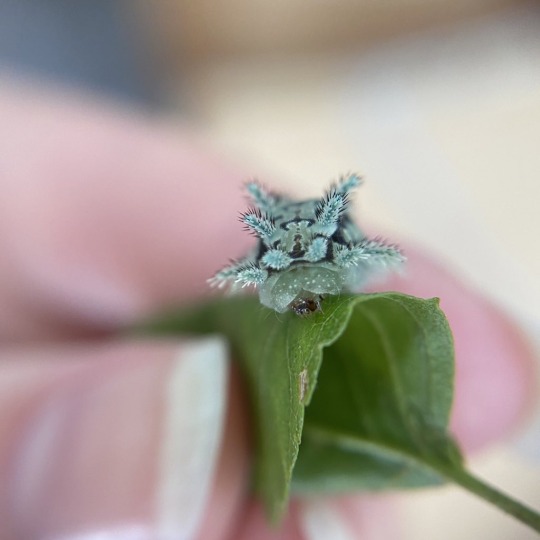
Spiny Oak-slug moth caterpillar (Euclea delphinii)
#little sister brought two of these inside for me to identify...thankfully she didn't touch them directly bc they r venomous lol#creepie.pics#lepidoptera#spiny oak slug moth#caterpillar#moth#bugblr#no alt text
1K notes
·
View notes
Text

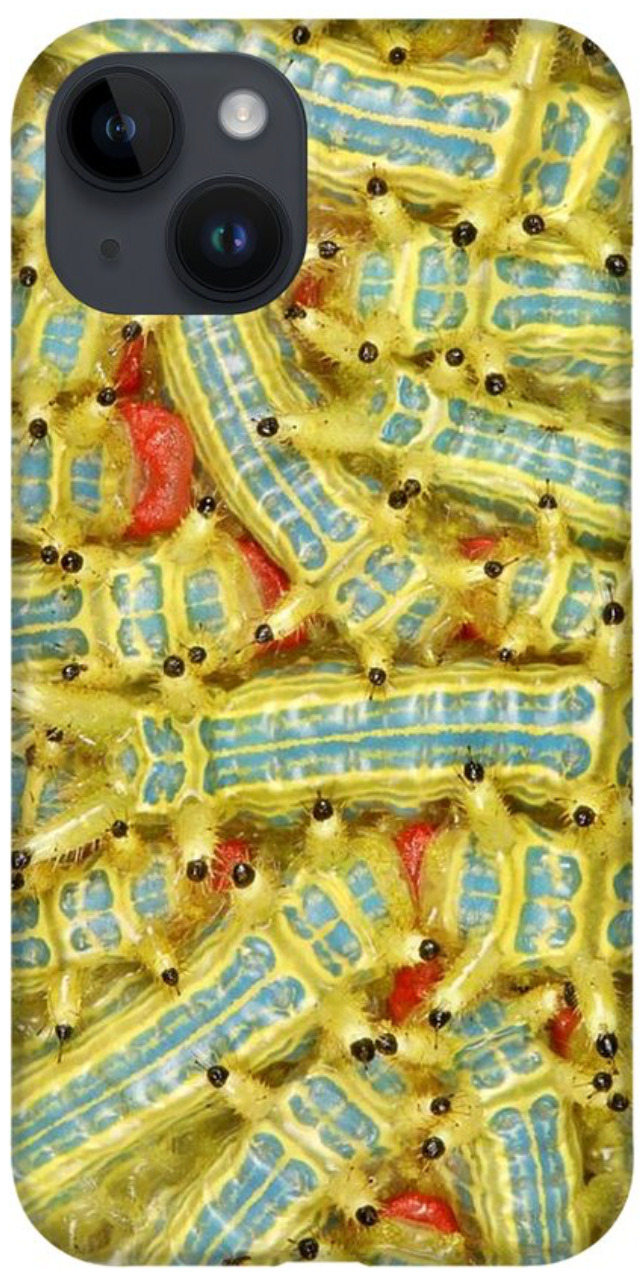
Entomological phone cases by John Horstman (itchydogimages, SINOBUG) for iPhone & Samsung models with slim, tough, and soft case options on REDBUBBLE…
Stinging Nettle Slug Caterpillars (Cup Moths, Hyphorma sp., Limacodidae) "Carrot Top"
Pu'er, Yunnan, China
Full store:
#itchydogimages#sinobug#insect#entomology#photography#macro#nature#china#yunnan#moth#Lepidoptera#caterpillar#larva#Limacodidae#slug caterpillar#stinging nettle caterpillar#redbubble#redbubble artist#redbubbleshop#merch
9 notes
·
View notes
Text

Slug caterpillar larva (Acraga coa). (Hi-Res)
#slug caterpillar#slug caterpillars#jewel caterpillar#jewel caterpillars#acraga#acraga coa#dalceridae#larva#larvae#moth#moths#moth larva#moth larvae#insect#insects#animal#animals#gelatinous#nature#daniel janzen#wired
15 notes
·
View notes
Text
Okay but fr when ae am super stimmy ae feel a bit age regressy, and tbh this is the vibe

Like aem fully regressing from moth back to caterpillar form and just wigglin and being autistic as shit lmao
#otherkin#alterhuman#nonhuman#therian#moth therian#mothkin#stinging rose caterpillar moth#rose slug moth
17 notes
·
View notes
Text
just discovered the app iNaturalist I'm fucking obsessed I'm gonna upload anything I find!!!
#already uploaded some animals I had in my phone#pointless microblogging#a weewil a sea slug(!!!!!) and a beetle#with more or less exact location and exact date so sorry I can't share my account here. I already said too much ai don't wanna share#my exact address#oh also my beloved DONT FUCKING TOUCH THEM caterpillars#(pine processionary moth)#doing a conga like 🐛🐛🐛🐛🐛
1 note
·
View note
Photo

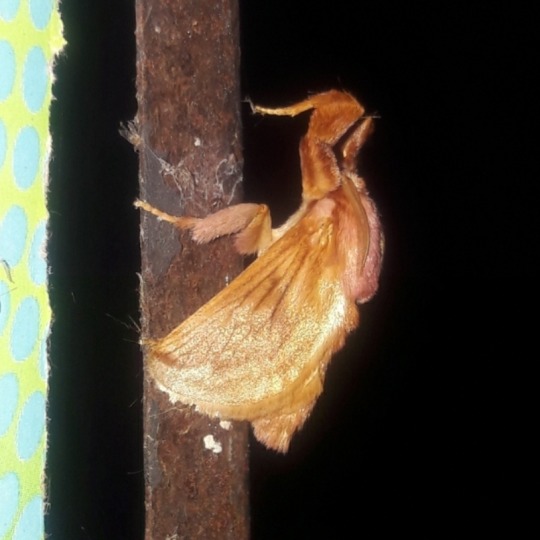
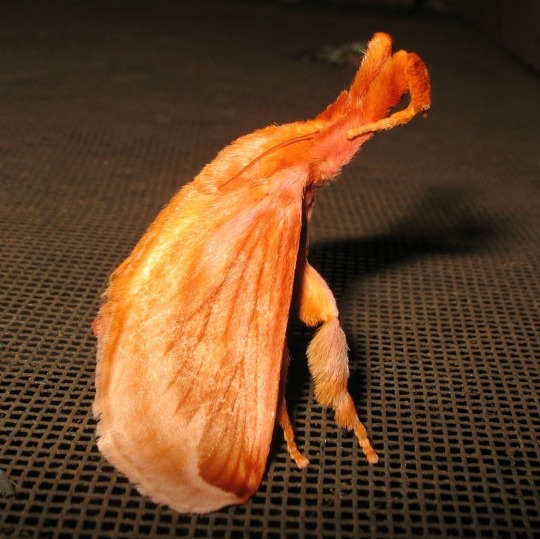

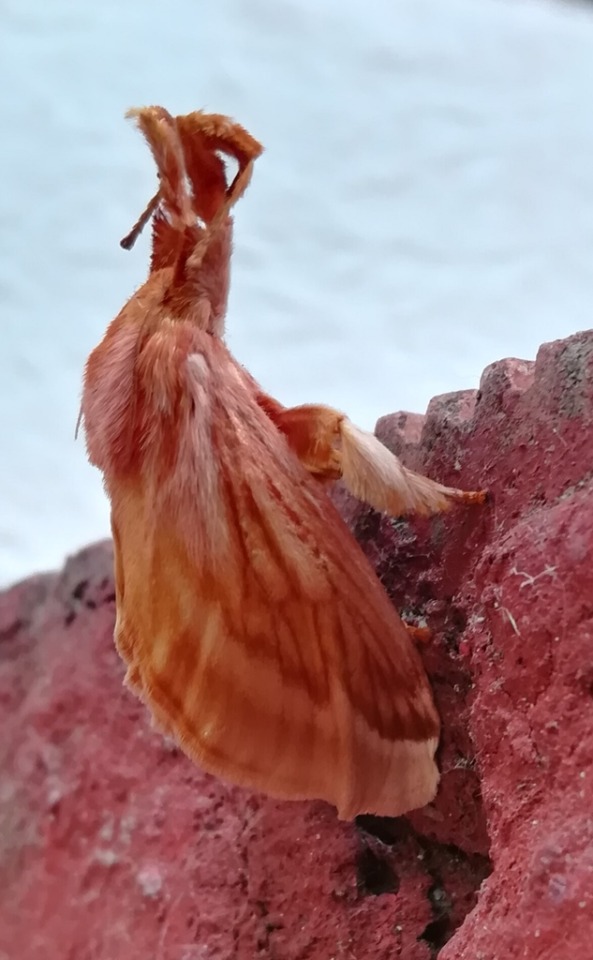
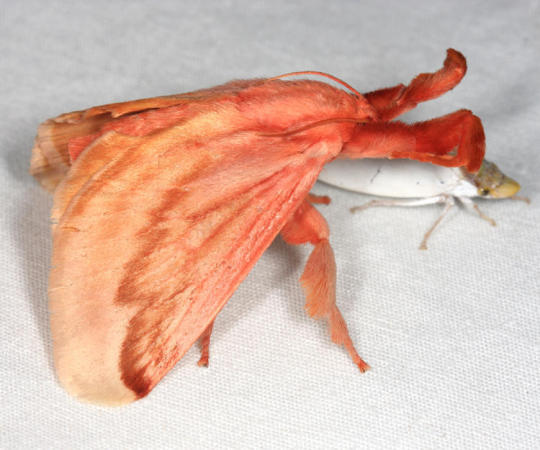
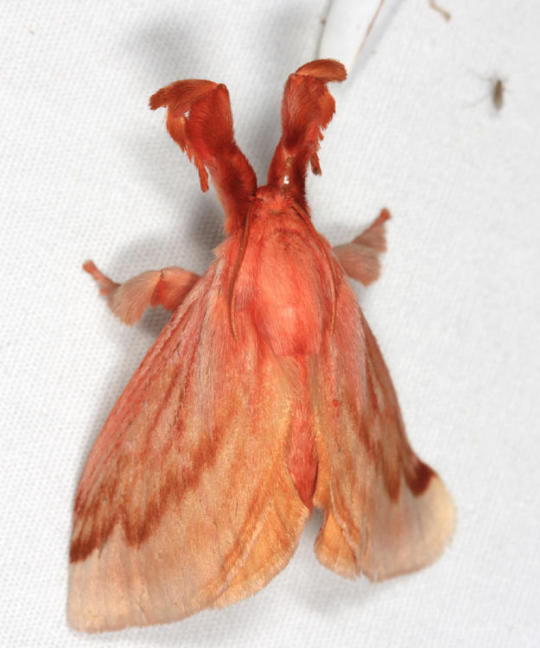
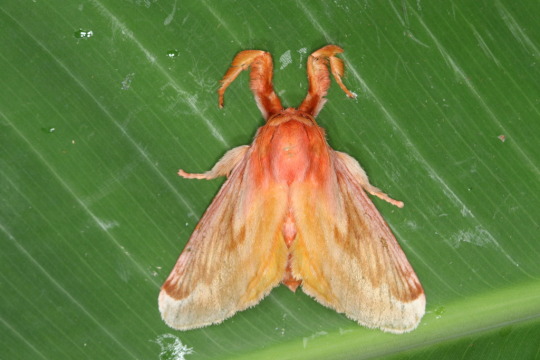
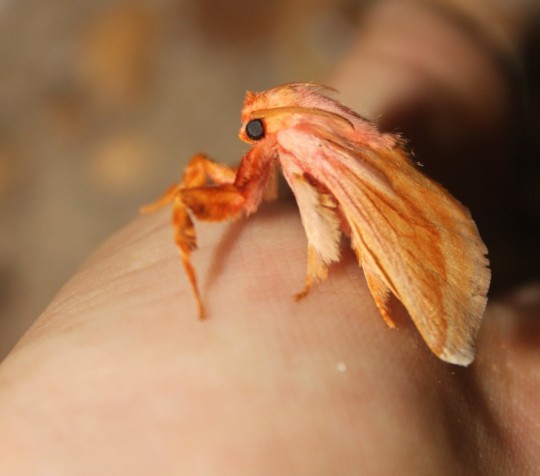

Slug caterpillar moth, Perola villosipes, Limacodidae
Found in South America
Photo 1 by pablolevinsky, 2 by pmantinian1951, 3 by kosteekand, 4-5 by caritoaristi, 6-7 by tmurray74, 8 by heinerziegler, and 9-10 by guendo_sumiyori
#animals#curators on tumblr#insects#bugs#moth#slug caterpillar moth#limacodidae#Perola villosipes#one nice bug#no i don't know why he stands like that#wants hugs?
2K notes
·
View notes
Text


Four-spotted Cup Moth
!!! - This species stings, do not handle with bare hands.
Doratifera quadriguttata
24/03/23 - NSW, Dapto
#invertebrates#invertblr#Arthropods#Arthropoda#bugs tw#insects#insect#insecta#insectblr#insects tw#bugs#bugblr#bug#entomology#Doratifera quadriguttata#Four-spotted Cup Moth#Limacodidae#Slug Caterpillar Moths#Lepidoptera#lepidopterology#caterpillars#larvae#larval stage
24 notes
·
View notes
Text
Photos of slug caterpillars in the most un-caterpillar shapes:

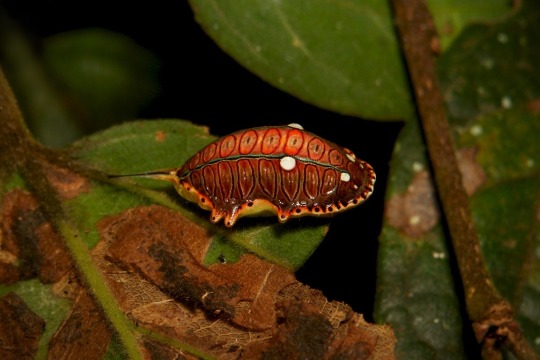

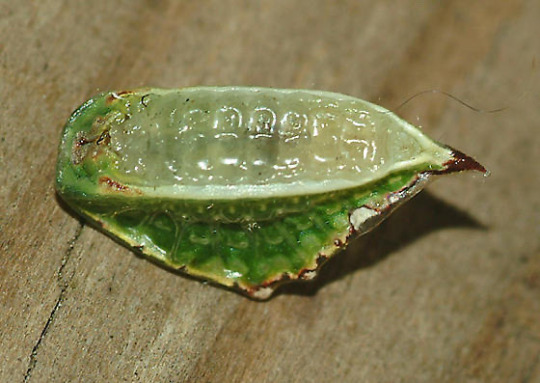
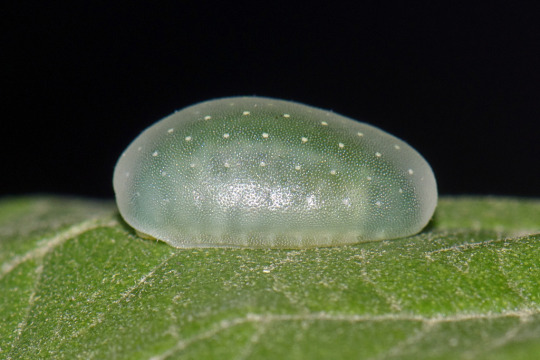
(Photo one: monkey slug caterpillar. Photo two: idonauton apicalis. Photo three: exact name unknown, type of cup moth larvae. Photo four: flipped over skiff moth caterpillar. Photo five: gelatine slug caterpillar.)
#WHY DO THEY LOOK LIKE THAT#stupid animals#phylogeny#slug caterpillar#bugs#insects#cool animals#cool bugs
3K notes
·
View notes
Text
BUG OF THE DAY
BotD 13 - 04/03/24
Hey I'm on time today!
This is the Austropoda sp Cup moth!
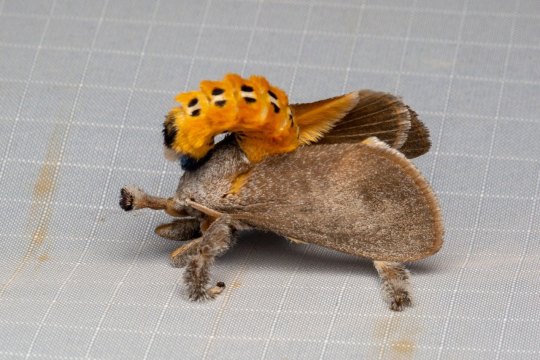
This weird-looking fella is actually closely related to yesterday's BotD! Both of these species are Cup moths- more commonly known as Slug moths. While- once again- there is very little information known about these strange insects, this species can be found across Thailand, and pop up mainly around early Spring. Slug moths are known for their curious way of curling their abdomens, which is thought to make them more confusing to predators, as it makes them look significantly less like food to potential predators (see below). Slug moths are named for their peculiar larvae, which lack the prolegs that caterpillars normally have, meaning they often move around in gliding motions, similar to slugs! Truly a very strange creature!
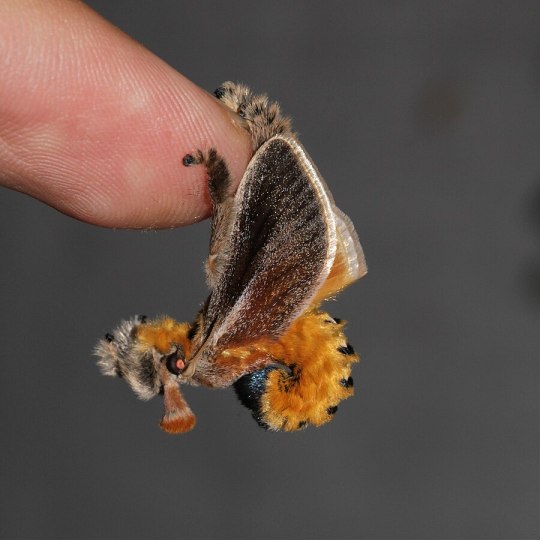
(If you were a bird would you eat that?)
#BotD#bug of the day#entomology#bugs#bug#bugblr#bugposting#insect#insects#moth#moths#lepidoptera#lepidopterology
142 notes
·
View notes
Note
Any ideas? Southern Appalachians. Thank you! 😁

the unmistakable stinging Euclea delphinii, the spiny oakslug caterpillar. slug moths are so good
https://www.inaturalist.org/taxa/136548?locale=en-US Euclea delphinii
97 notes
·
View notes
Text
Moth of the Week
Southern Flannel Moth
Megalopyge opercularis

The southern flannel moth is a part of the family Megalopygidae, the family of flannel moths or crinkled flannel moths. It was described by Sir James Edward Smith in 1797. They get the name “flannel moth” from being covered in setae, hair like bristles that give them a fuzzy, soft look.
Description Adult moths have round, hairy bodies ranging in coloration from cream at the bottom to yellow or light brown at the head. It’s legs are the same brown as the body with black feet. The forewings fade from a darker brown to cream with black/dark brown at the top edge or “costal margin.” The outer margin is white and the middle of the forewings have white patterning. The hindwings are fully cream or have a similar gradient. The antennae of females are thin and white, while males have feathery yellow antennae. Males and females may have differing coloration. Females are larger than males.
The caterpillars are known for their long stinging hairs and their unusual amount of prolegs. Flannel moth caterpillars have 7 pairs of prolegs, while all other butterfly and moth caterpillars have 5 or fewer.
Average wingspan: 30 mm (≈1.18 in)
Diet and Habitat This species live on oak, elm, and wild plum as well as many garden plants such as roses and ivy. Adult moths do not feed.
It’s distributed across the eastern United States/Gulf Coast. They range from New Jersey to Florida and west to Arkansas and Texas. It is common in Florida but reaches its greatest abundance in Texas. They can reach further south to Mexico and Central America. They are commonly found in wooded areas like deciduous forests but can also be found in urban and suburban gardens.
Mating This moths has 2 generations per year, one in the summer and one in the fall. Late larvae may overwinter in their cocoon and emerge in late spring. Females usually mate the night of they leave their cocoons and lay their eggs during the first two nights following mating. Eggs are laid in single or double curved rows and occasionally in patches on foliage or small twigs and are covered with hair from the under side of the female to protect them. Eggs hatch in six to eight days.
Predators Observations of this moth’s predators is lacking, but there are a few reports of lacewing feeding on their eggs and a lizard eating a later instar. It is assumed they are preyed on by other common predators of moths like birds, bats, praying mantises, lady beetles, and ants. At least four species of tachinid flies and two species of ichneumonid wasp have been reported to parasitize the flannel moth larva. The caterpillar protects itself with long venomous spines. When touched they cause severe skin irritation, described as like a broken bone or blunt-force trauma, or even white hot. The reaction tends to spread:
“The reactions are sometimes localized to the affected area, but are often very severe, radiating up a limb and causing burning, swelling, nausea, headache, abdominal distress, rashes, blisters, and sometimes chest pain, numbness, or difficulty breathing. Sweating from the welts or hives at the site of the sting is not unusual.”
Fun Fact The caterpillars are covered in long setae, making it resemble a tiny Persian cat, which is where it is assumed the name "puss" comes from. Some of the many names for the larva include: puss caterpillar, asp, Italian asp, fire caterpillar, woolly slug, opossum bug, puss moth, tree asp, and asp caterpillar.
(Source: Wikipedia; IFAS Extension, University of Florida; Missouri Department of Conservation; AZ Animals)
#libraryofmoths#animals#bugs#facts#insects#moth#mothoftheweek#lepidoptera#Megalopyge opercularis#Megalopygidae#southern flannel moth
123 notes
·
View notes